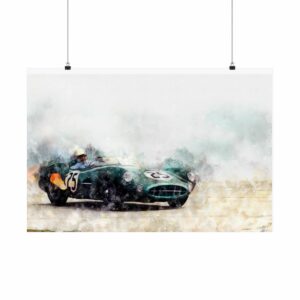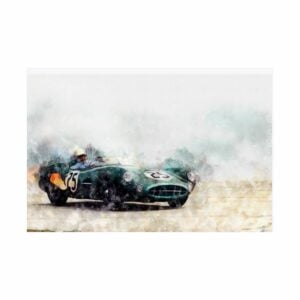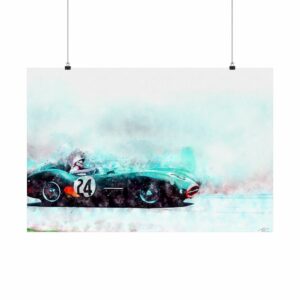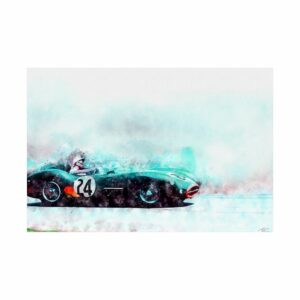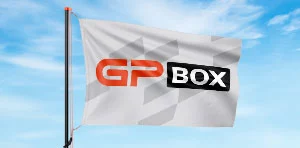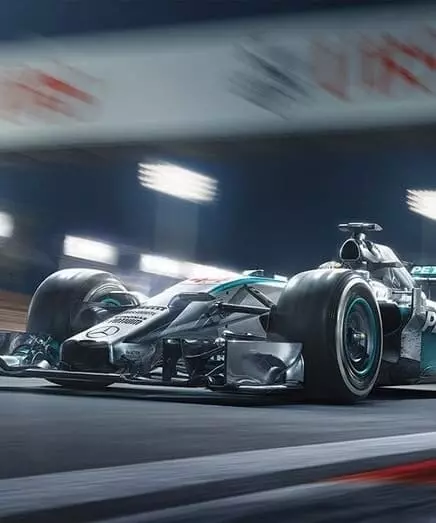Aston Martin DBR1/300 - 24h Le Mans - 100th Anniversary - 1959, Limited Edition of 200, 50 x 70 cm
$82.25 VAT included (where applicable).

Car related doesn't mean dirty. At GPBox, we pay monthly to offset the carbon footprint caused by our service.You can contribute $1 on top too!
16 Shop Reviews
Description
Official posters by Automobilist
The Aston Martin DBR1's victory at the 1959 Le Mans 24-hour race marked a significant achievement in the face of Ferrari's dominance. The car, which replaced the Aston Martin DB3S, was developed by a small team led by Ted Cutting, who designed the bodywork, chassis, and engine. The DBR1 initially had a 2.5-liter inline 6 engine, but later featured a 3-liter inline 6, producing 250 bhp in the 1957 specification. With an alloy engine block and rear transaxle, the DBR1 was cutting-edge technology at the time.
At the 1959 Le Mans race, three DBR1s were entered by David Brown Racing, with a fourth as a private entry. The drivers were Stirling Moss and Jack Fairman in the number 4 car, Roy Salvadori and Carroll Shelby in the number 5 car, and Maurice Trintignant and Paul Frére in the number 6 car. Graham Whitehead and Brian Naylor drove the number 7 car.
Moss's fast pace lured the Ferraris into speeding up, while the other two DBR1s stayed back. Behra and Gurney's 250 TR was leading in the early stages, but the Moss and Fairman DBR1 was forced to retire due to engine problems, followed by the Behra and Gurney 250 TR due to a headlight problem. Salvadori and Shelby's DBR1 took the lead, followed by Trintignant and Frere's DBR1, resulting in a comfortable 1-2 finish 25 laps ahead of the third-place car. The DBR1's Le Mans victory, coupled with its win at the World Sports Car Championship, was a remarkable accomplishment for Aston Martin, making it one of the company's most important models ever.
BEHIND THE SCENE
Every image we create is based on a real-life historical event, so to assure accuracy, we put in long hours of research to piece together every little detail.
PRINT TECHNOLOGY
We use offset lithography printing technology to consistently achieve high-quality image reproduction. The image data goes straight from our ultra-high-resolution digital files to the printing plates for a clean, precise print
175G/M2 PAPER
Paper density is measured in grams per square metre. After extensive testing we have decided this density is the ideal value for our artworks.
WORLDWIDE DELIVERY
Wherever you are in the world, we will deliver to you. We have developed robust packaging to make sure you purchase arrives safely no matter how far it has to travel.
's policies
This shop hasn't specified their own shop policies yet. Each shop has their own specific policies but all of them need to adhere to our GPBox return & refund policies









